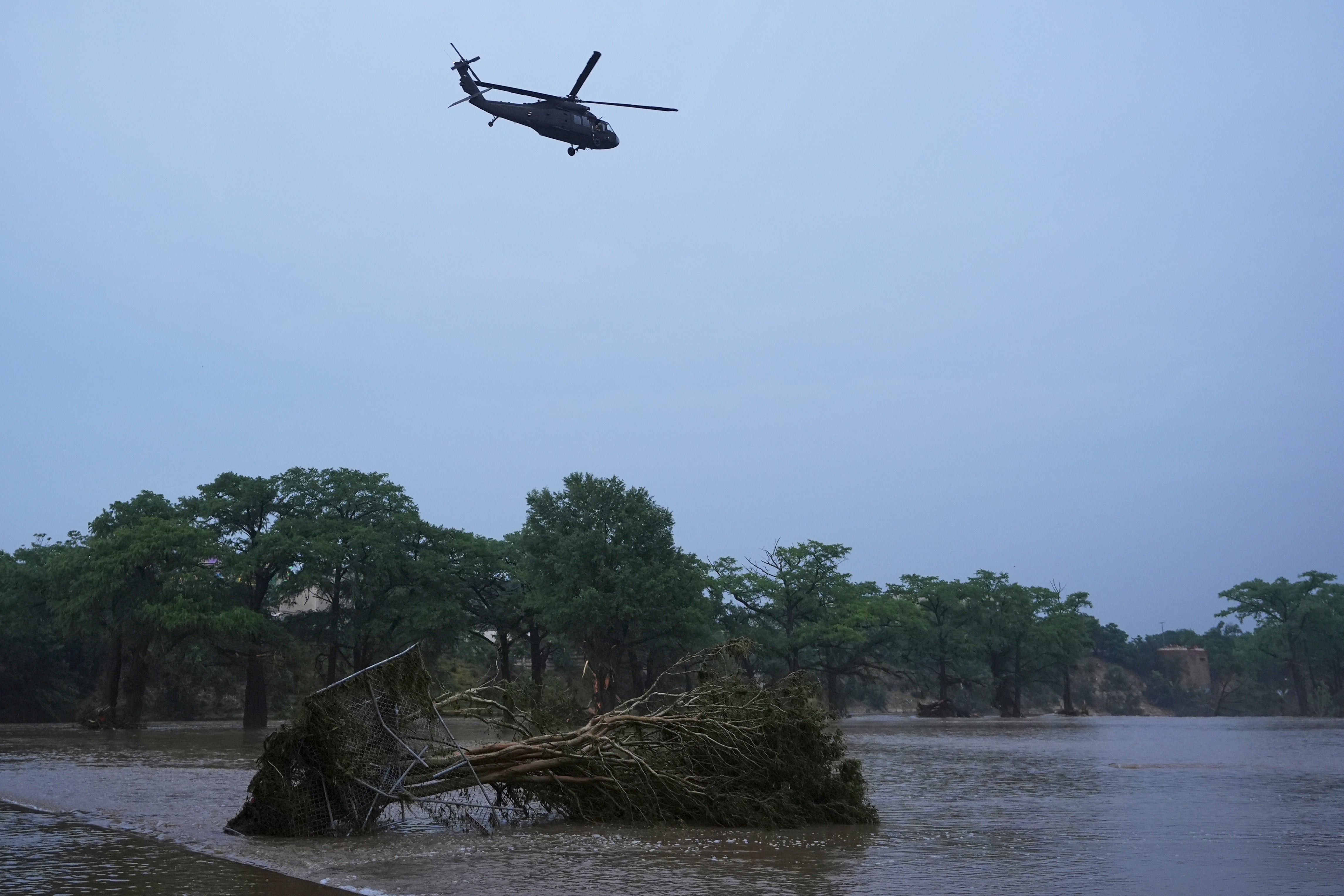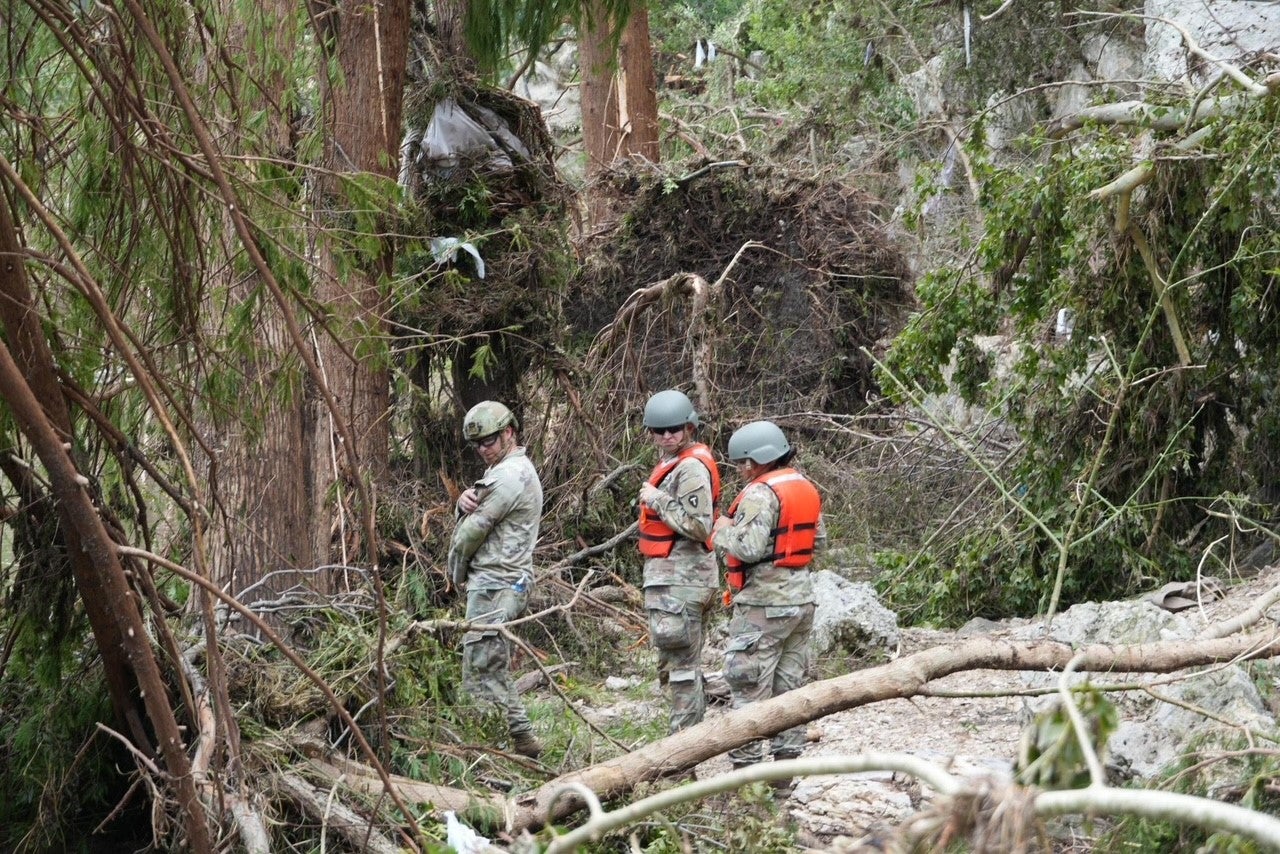At least 121 people are dead and more than 170 are missing in central Texas after the Guadalupe River swelled early Friday, causing destructive flash flooding throughout Kerr County.
There were many flash flooding warnings in Kerr County at the start of the July 4 weekend, but those alerts didn’t reach some of the campers and residents who didn’t have cellphone service, who had silenced notifications, or who didn’t have their phones with them.
Emergency alerts are sent out by a number of agencies on various platforms, but they often do not reach those in danger. Excessive warnings can also cause alert fatigue, leading some to turn off notifications and increase their risk during emergencies.
Flash flooding events can be difficult to predict, and broad warnings may be ignored if the dangerous conditions aren’t clearly communicated.
The responsibility for alerting the public to potential danger is shared among federal, state, and local authorities. Even amid technological progress, the patchwork of digital and physical emergency-alert tools may not always be enough.

Outdoor sirens came under consideration in Kerr County but weren’t constructed.
Emergency alerts can come from a wide array of platforms, such as texts, push alerts, social media, and sirens. Via the Emergency Alert System, federal and local authorities can send warnings to TV and radio stations.
The Wireless Emergency Alerts system warns cellphone users based on their location. Residents can also sign up for warnings from local authorities sent via apps, email, or text.
While the Federal Emergency Management Agency’s online alert system has streamlined the process for local authorities to reach residents, experts note that some rural officials often don’t have access to the funding, expertise, or permission from state authorities to get their own alerts to broadcasters and cellphones.
“A lot of places are afraid to push that button,” the vice president of public safety at the software provider Everbridge told The Wall Street Journal.
U.S. authorities have warned that too many messages about possible dangers can prompt some cellphone users to turn off their notifications if they become annoying or irrelevant. Warnings for floods, fires, missing children, and more have prompted some users to experience alert fatigue.
A research and development report from last year found that cellphone users in Texas were among those who opted not to receive emergency alerts at the highest rate, with almost 30 percent choosing to turn off at least one kind of alert. Researchers partly blamed exhaustion from the sheer number of alerts in the state.
The Federal Communications Commission faced thousands of complaints after a warning about a man who allegedly shot a police chief in the Texas Panhandle went out before 5 a.m.
In 2023, officials in Florida issued an apology after a test of a TV alert was transmitted to cellphones in the early morning hours, following a mistake by a staffer who had checked the wrong box.
While the FCC is working on applying changes that would allow authorities to send muted or vibrate-only messages in less dangerous situations, such changes won’t come to fruition until 2028.

The director of water research centers at Columbia University and Arizona State University, Upmanu Lall, told The Journal that flash flooding is hard to foresee and warnings often cover broad areas. Some who receive several alerts but don’t experience dangerous conditions may assume they’re false alarms.
The National Weather Service for Austin and San Antonio covers Kerr County. They issued more than a dozen flash flood warnings in the two months before the July 4 weekend, a Journal review of FEMA data showed.
Kerr County is at the center of the tragedy following the Guadalupe River overflowing on Friday. Just in Kerr County, 96 people have been killed, including 36 children. At least 161 remain missing in the county.
Breaking down the force of water in the Texas floods
Texas U.S. Senate candidate Ken Paxton’s wife files for divorce on ‘biblical grounds’
Grok, fresh off its antisemitic turn, is being installed in Teslas by next week
Texas floods latest: Camp Mystic cabins ‘built on extremely hazardous flood zone’







